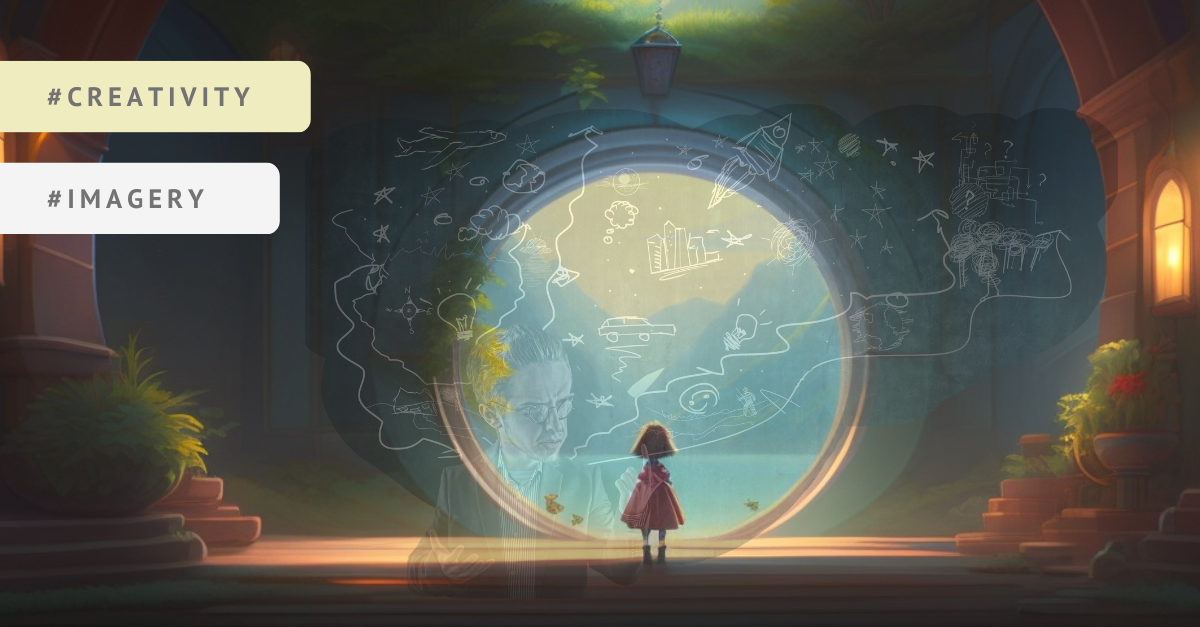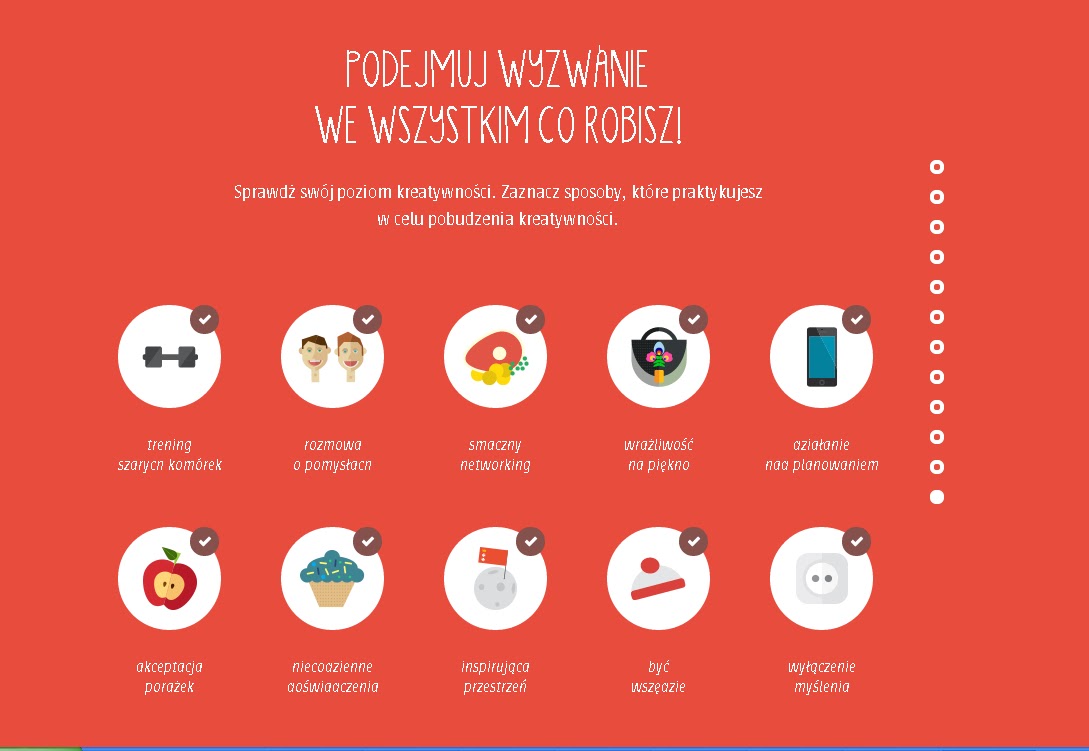
Creativity – the most important leadership quality
Great is the human who has not lost his childlike heart
~Mencius (Meng-Tse), 4th century BCE
The best-known creativity techniques
There are plenty of ways to stimulate creativity. Here are the best-known of them.
- Osborn’s brainstorming (1963)
- Altshuller’s theory of inventive problem solving (TRIZ: 1996, 1998)
- De Bono’s lateral thinking (1967)
Jill Nemiro, author of „Creativity in Virtual Teams: Key Components for Success„, and „The Handbook of High-Performance Virtual Teams„, and co-editor of „The Collaborative Work Systems Fieldbook” classifies creative techniques into two categories:
1. Linear approaches
(for idea generation, provide a structure to seek and find alternative solutions)
- Attribute Listening (go beyond what is typical). Attribute Listing focuses on the attributes of an object, seeing how each attribute could be improved. Break the product/process into parts, identify ways of improving each of them, and then bring these modification to create a new product/process.
- Morphological Synthesis. Morphological Synthesis or Analysis uses the same basic technique as Attribute Listing, but is used to create a new product by mixing components in a new way.
- Force Fields Analysis (identifying the forces that may drive or resist a proposed change)
- Mind Mapping
- Idea checklist
- Brainstorming
2. Intuitive approaches
(help individuals or groups in achieving an inner state of calmness when new ideas might appear)
- Imagery – symbols, scenes, images, using all the scenes to recreate or create an experience in the mind (Vealey & wWalter, 1993)
- Analogical Thinking (Ex: Pringles Potato Chips came from analogy of wet leaves, which can be stacked one on the top of the other without being damaged)
- Drawing
- Meditation. Some people swim or go for a walk. I like going for a walk on my own to the forest next to my house” usually take a note book and a pen and write down the ideas that come to my mind.
In the interview Jill answers the questions which of these techniques are her personal favorites, and why:
I’d have to pick three, for different reasons. I really love brainstorming because it is a great way to get a team started on the path of coming up with ideas. It is exciting to be a part of a good brainstorming session, because of the synergy and building of ideas that evolves. If these sessions are run correctly, with deferment of judgment of ideas at the onset, then the „sky’s the limit” in terms of the kinds of ideas that can be generated. Mind mapping is another favorite technique of mine, because I am a very visual person. I like to see ideas, and how they connect and build on other ideas. A mind-map allows you to see this in a graphic format. And lastly, force-field analysis is a technique that I have used personally to work my way through some difficult challenges. By focusing on a particular challenge, outlining the positive factors pushing you toward the ideal and the negative factors hindering you from that ideal, and then developing actions to strengthen the positive factors and weaken the negative factors, it gives an individual or a team a way to develop concrete action plans to work through challenging situations.
Creativity-boosting tips from psychologist Teresa Amabile
Three Must-Haves for Team Creativity. 3 tips from Teresa Amabile interviewed by Daniel Goleman:
- Autonomy
Agile teams take „hack” days to promote learning and innovation. Very often teams are encouraged to spend roughly 10 -20 % of their time on „hack” days. During „hack” days people do whatever they want, typically trying out new ideas.
- Resources
People will be more creative in finding resources but not necessarily in solving the actual problems. It’s important to make sure that people have the necessary information, funding and materials to do their work.
- Time
People are more creative when they have a little bit of time to explore a problem, reflect on what they’re doing, gather new information, and to talk to people who might have different perspectives, which can be enormously useful.
Other things to boost creativity
- Go and work from a coffee shop from time to time
- Listen to your favorite music
- Switch to dim light mode
- Fight routine
- Whatever you think, think the opposite
- Daydream. Interested in creating your dream map- Read my post on this.
And finally let me share Gdansk’s 10 Ways of Unleashing Creativity:

- Join Creative Morning meetings to train your brain!
- Talk about your ideas – meet inspiring people to change ideas!
- Every day eat lunch with different person!
- Be sensitive for beauty – meet new artists and buy artistic/well designed stuff!
- Stop planning start acting – take part in contests!
- Accept failures – learn from them and never give up!
- Everyday do something unusual – do you remember Jim Lawless- rule 7: Do something scary every day!
- Create an inspiring environment – for example: decorate one wall in the office with quotations and pictures!
- Be there is worth being!
- Take a break ” go for a walk!
For virtual teams use special designed software programs or interactive whiteboards.

Zapisz się na AgilePMOwy newsletter. Co tydzień otrzymasz od nas list, a w nim artykuły warte przeczytania, narzędzia do pracy z zespołami, wskazówki i ciekawostki odnośnie zarządzania projektami.

